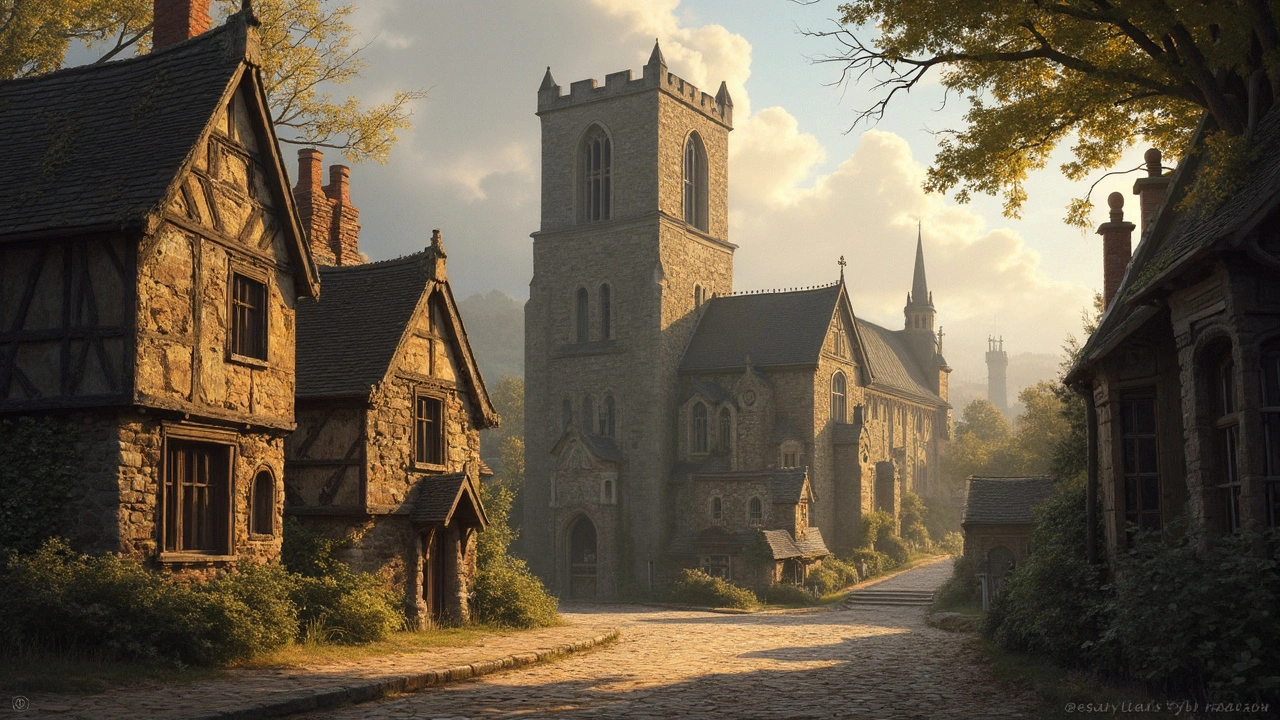Stone Structures: How They Last and How to Read Them
Some stone structures have stood for over two millennia — still readable, still standing. Want to know why? This tag gathers clear, practical guides and examples to help you spot styles, understand materials, and learn basic care for stone buildings.
Why stone lasts
Stone lasts because it resists time, weather, and fire better than most materials. But not all stone behaves the same. Granite fights erosion, sandstone absorbs water, and limestone can dissolve faster in acid rain. Builders matched stone to function: heavy foundations used dense rock; fine facades used smooth ashlar cuts. Mortar type, joint design, and drainage matter as much as the stone itself.
How to read styles and features
Roman structures favor rounded arches, vaults, and massive blocks laid to channel weight into columns and piers. Romanesque continues that chunky feel with thick walls and small windows. Gothic introduces pointed arches, ribbed vaults, and flying buttresses that let walls go taller and thinner. Byzantine buildings use domes and mosaics over brick or stone shells. Greek Revival brings columns, pediments, and smooth ashlar facing. Modern stone work ranges from precise cut stone to artful rubble and exposed structural stone.
Common stone types and where you'll see them
Granite — city piers, monuments, and heavy foundations. Limestone — classical facades, carved details, and many cathedrals. Sandstone — churches, regional houses, and textured walls. Marble — decorative interiors, floors, and sculpted features. Local fieldstone — rural walls, cottages, and rustic landscapes.
Practical tips for travelers and homeowners
Look at joints: tight ashlar joints hint at careful dressing; large mortar gaps suggest later repair or rough work. Read the base: thick, weathered plinths often mean age. Check water paths: downspouts, gutters, and ground slope tell you how well the building sheds moisture. If you own a stone house, keep gutters clear, avoid direct mulch up against walls, and inspect for plant growth in joints.
Conservation basics
Simple repairs often fix joints with compatible lime mortar rather than hard cement, which can trap moisture and damage soft stones. Cleaning should be gentle: low pressure, soft brushes, and tested cleaners. For big problems like cracks or bulging walls, bring a specialist who reads masonry like a doctor reads bones.
Find more on this tag
Browse posts here for examples and deeper reads: Roman engineering, Romanesque churches, Gothic Revival spires, Byzantine domes, Greek Revival facades, and practical guides on preservation. Each article focuses on clear features you can see on a walk or use in a renovation.
End with a prompt: Want help identifying a stone detail from a photo? Share it and I'll point out the likely style, material, and what to watch for.
Quick checklist for a safe visit: wear sturdy shoes, don't climb ruined walls, respect fences, photograph details from a distance, and join a guided tour for complex sites.
Stone structures tell plain stories if you know what to look for—start with one nearby and try the checklist.
Send a photo and I'll help identify it.

Exploring Romanesque Architecture: A Medieval Masterpiece
Romanesque architecture offers a glimpse into the medieval mind with its robust and sturdy designs. Dominated by thick walls, rounded arches, and massive towers, this style emerged around the 10th century. It profoundly influenced the structure of churches and castles throughout Europe. Exploring these architectural marvels reveals intricate carvings and the clever use of light. Experience the mysterious and awe-inspiring reality of buildings that have stood the test of time, and understand the principles that inspired countless architects.
Read more